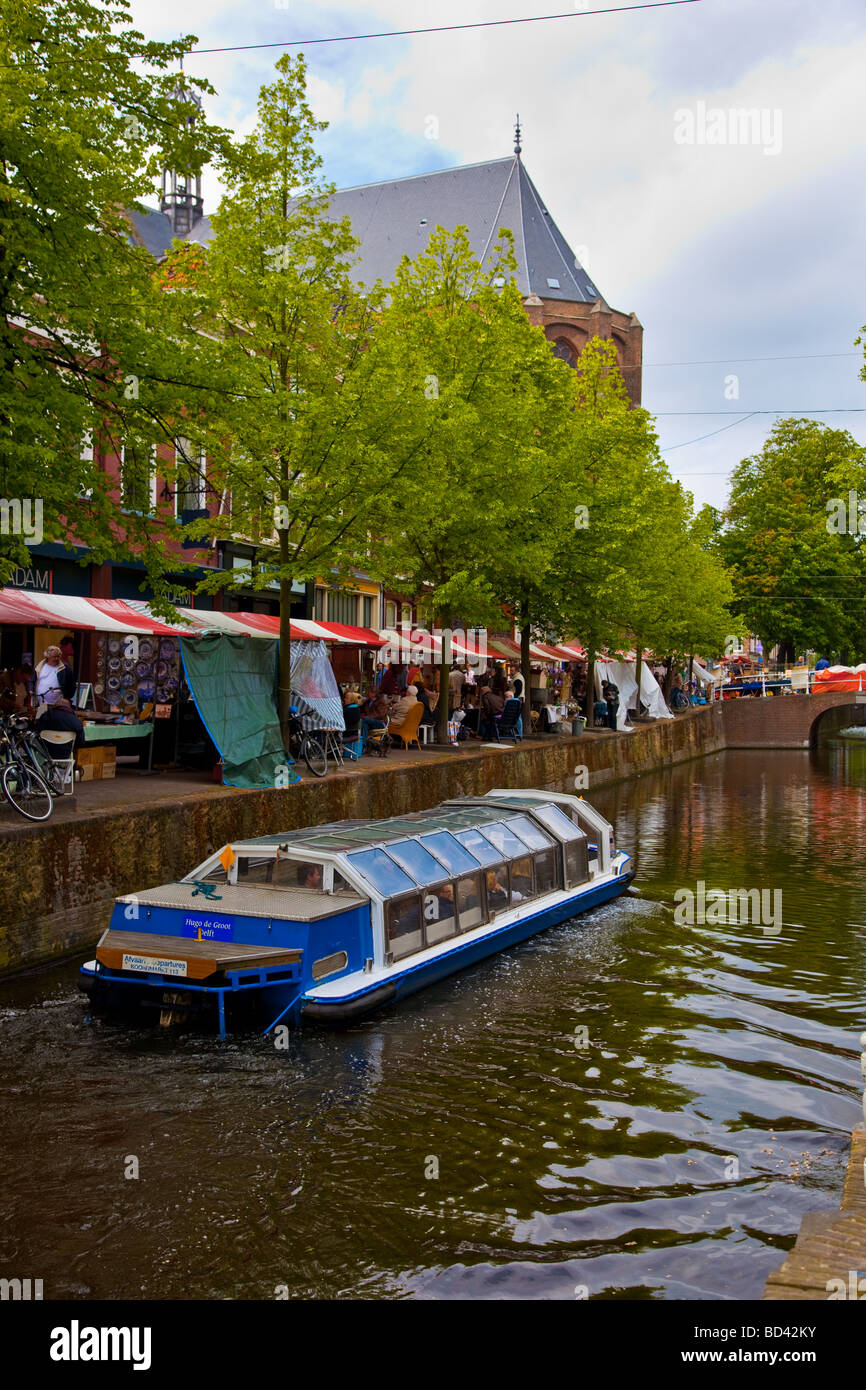The Origins of Delft's Canals
In the 13th century, the city of Delft in the Netherlands began constructing its intricate canal system. These canals were initially designed to facilitate trade and transport, connecting Delft to major cities like Rotterdam and The Hague. The Oude Delft, the city's oldest canal, served as a vital artery for goods and people, shaping the economic landscape of the region.
Economic Impact in the Middle Ages

During the Middle Ages, Delft's canals were bustling with activity. Merchants used these waterways to transport textiles, beer, and pottery, which were Delft's primary exports. The canals allowed for efficient movement of goods, significantly contributing to the city's prosperity. The presence of these trade routes attracted craftsmen and traders, leading to a vibrant local economy.

Architectural Influence

The construction of the canals influenced the architectural style of Delft. Buildings were designed with gabled facades facing the water, allowing easy loading and unloading of goods. This architectural style is still visible today, providing a glimpse into the city's commercial past. The narrow, elongated houses along the canals reflect the need to maximize space in a bustling trade hub.
Modern-Day Walkways
Today, Delft's canals serve a different purpose. While no longer used for large-scale trade, they have become picturesque walkways that attract tourists and locals alike. The canals are lined with cafes and shops, offering a serene setting for a leisurely stroll. The transformation from trade routes to pedestrian paths highlights the adaptability of urban spaces over time.
Preservation and Tourism
Efforts to preserve Delft's canals have been crucial in maintaining the city's historical charm. The canals are regularly maintained to prevent flooding and ensure their structural integrity. This preservation has made Delft a popular tourist destination, with visitors drawn to its historical significance and scenic beauty. The canals, once vital for economic survival, now contribute to the city's cultural and economic vitality through tourism.










